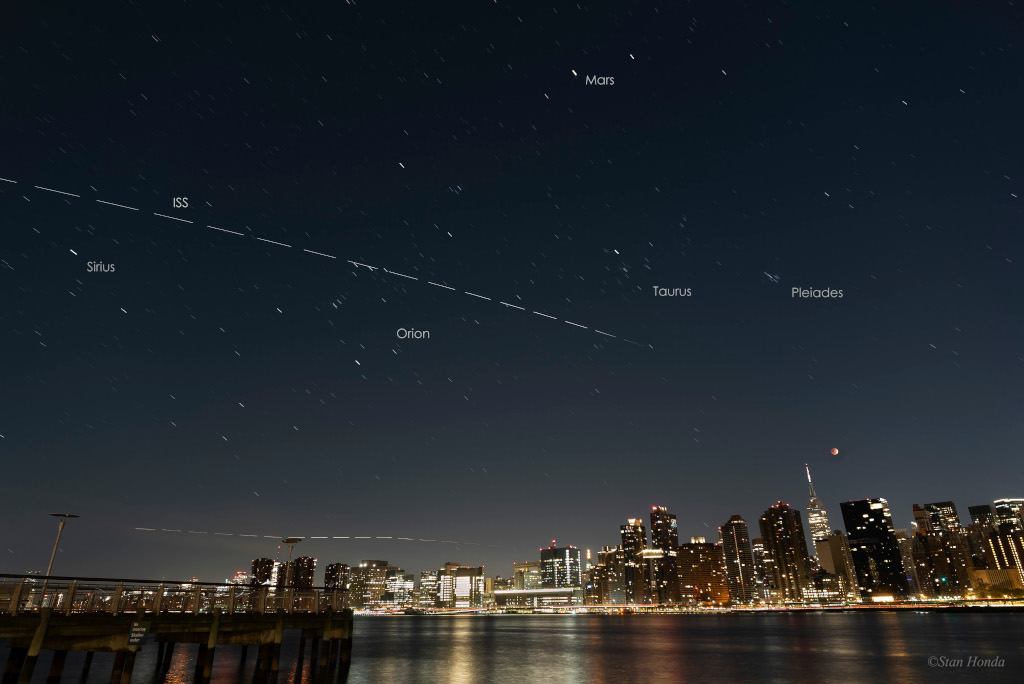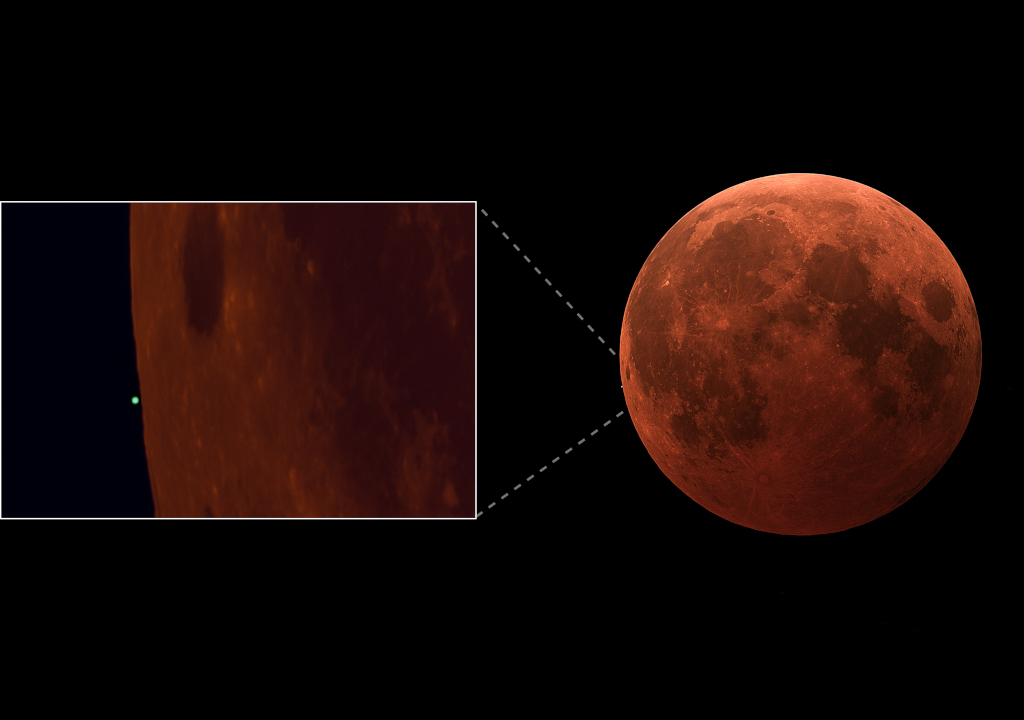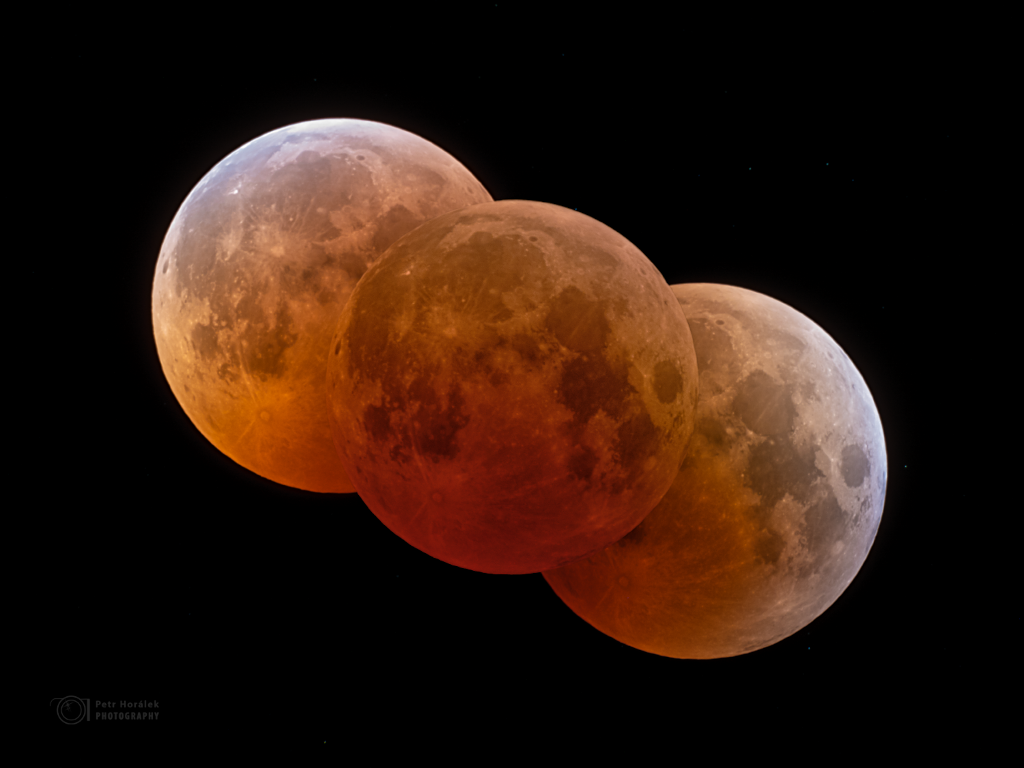
Eclipse in the City


NASA Sets New Coverage for Artemis I Moon Mission Launch
from NASA https://ift.tt/i6d5u41
via IFTTT
NASA to Brief Status of Artemis I Moon Mission Today
from NASA https://ift.tt/FlJGON8
via IFTTT

NASA successfully launched the third in a series of polar-orbiting weather satellites for the National Oceanic and Atmospheric Administration (NOAA) at 1:49 a.m. PST Thursday, as well as an agency technology demonstration on a United Launch Alliance Atlas V rocket from Vandenberg Space Force Base in California.
from NASA https://ift.tt/KTe3ZqY
via IFTTT
NASA astronaut and former U.S. Air Force Col. Bob Behnken is retiring from NASA after 22 years of service. His last day with the agency is Friday, Nov. 11.
from NASA https://ift.tt/suKjC4H
via IFTTT
NASA will host a virtual media briefing at 10:30 a.m. EST (7:30 a.m. PST) Nov. 14, at the agency’s Jet Propulsion Laboratory in Southern California, to discuss the upcoming launch of the Surface Water and Ocean Topography (SWOT) satellite.
from NASA https://ift.tt/sjG28YA
via IFTTT


